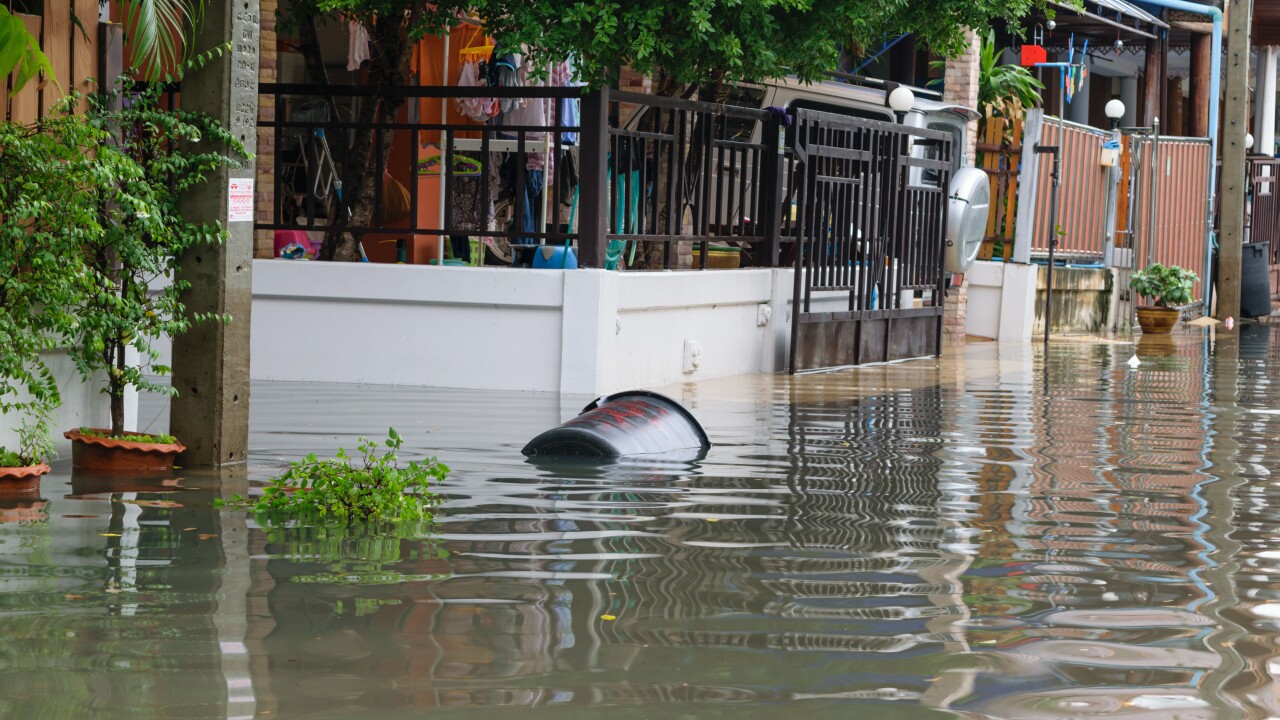When flash floods swept through Texas on July 4, 2025, they didn't just destroy homes—they washed away the illusion that "low-risk" areas are safe from flood damage. Entire inland communities, many outside of Federal Emergency Management Agency (FEMA)-designated flood zones, were hit hard, often without the protection of flood insurance. In total, the damage is expected to reach up to
For insurance professionals, this should be a wake-up call.
"Low risk" doesn't mean no risk
Even just one inch of floodwater can result in
Some of the most common reasons homeowners skip flood coverage:
- Their lender doesn't require it outside of high-risk zones
- They've never experienced a flood before
- They assume their homeowner's policy includes it
- They're cost-sensitive and unsure of affordability
This combination of false confidence and limited awareness
Reaching homeowners through smarter digital touchpoints
As the insurance industry accelerates digital transformation, this is our chance to bring flood protection into the mainstream conversation, not just during claims, but every part of the policy lifecycle.
Digital tools can help close the protection gap by:
- Delivering personalized risk insights based on address and local climate data, not just FEMA maps
- Embedding flood coverage offers into homeowner's policy applications, especially in lower-risk zones
- Pushing timely alerts about flood threats and seasonal risk through apps or client portals
- Automating policy comparisons between NFIP and private options for more informed decision-making
These solutions help modernize operations and reposition insurers as risk advisors, not just claims handlers.
Flood coverage is affordable
A common misconception is that flood insurance is prohibitively expensive. In fact, NFIP policies for lower-risk areas can start under $500 per year. These typically include:
- Up to $250,000 in structural coverage
- Up to $100,000 in contents coverage
For high-value homes or those with unique exposure, private insurers can offer extended limits and faster underwriting—another area where digital distribution channels make access easier than ever.
Bringing flood into the risk conversation
Advisors are seeing a shift: more homeowners are asking about flood protection, even in areas where it was once overlooked. And that's the right mindset. Because the question isn't, "am I in a flood zone?"—it's, "can I afford to rebuild without coverage?"
Every policy review, renewal, or new purchase presents an opportunity to educate and guide. And with today's tools, that conversation can be powered by real-time risk intelligence, not just outdated floodplain maps.
Redefining "normal"
We're no longer living in a world where coastal storms are the only flooding threat. Inland flooding, flash rainfall, and failing infrastructure are rewriting the rules of what "normal" weather looks like. As insurance professionals, we must help clients prepare, not just react.
Flood insurance is no longer optional. It's an essential part of climate resilience, and it's our responsibility to make sure homeowners understand that, wherever they live.






